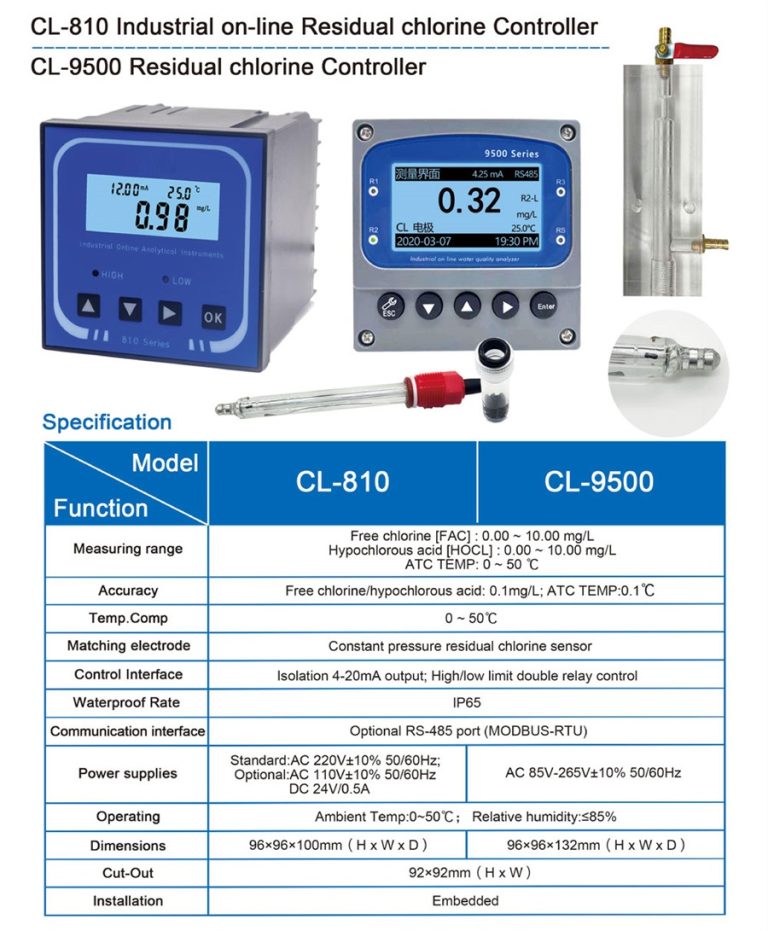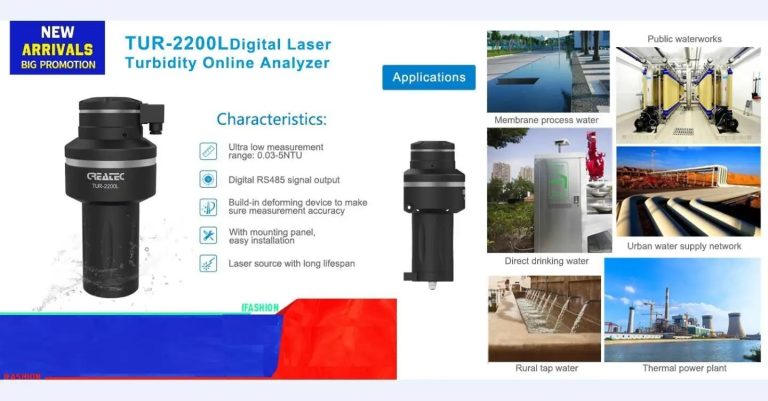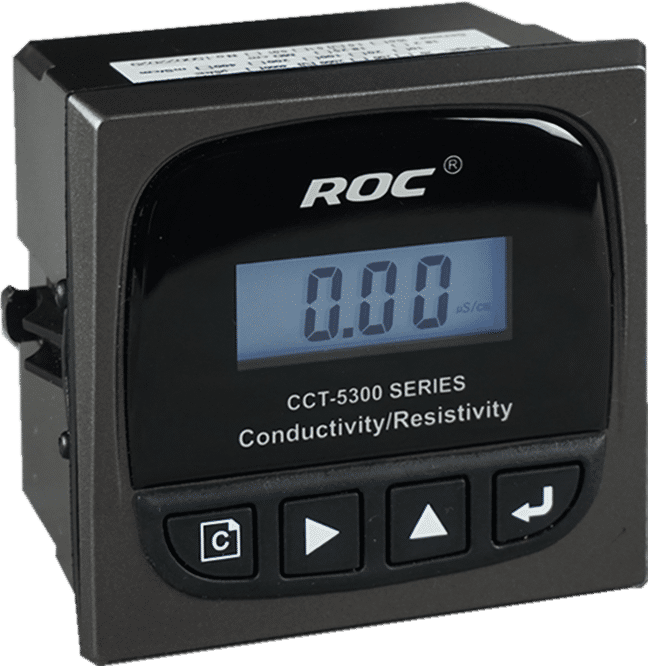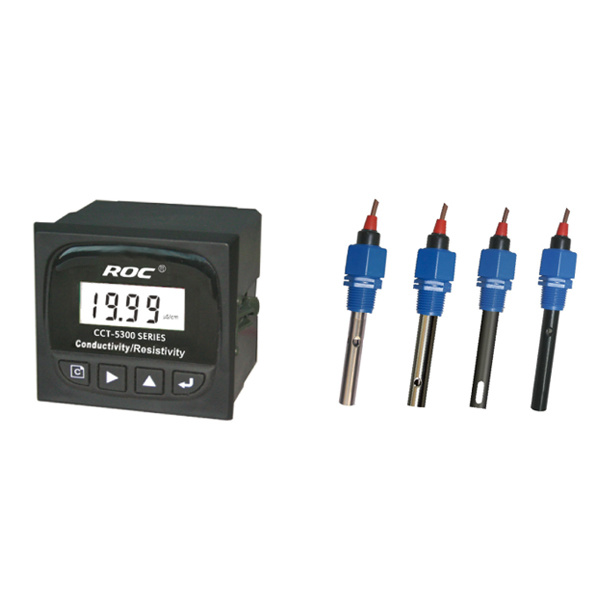Accurate and precise measurements every time.
Table of Contents
Advantages of Using ATC in pH Meters
pH meters are essential tools in various industries, laboratories, and research settings for measuring the acidity or alkalinity of a solution. These devices rely on a glass electrode to detect hydrogen ions in a solution and provide a pH reading. However, one factor that can affect the accuracy of pH measurements is temperature. Changes in temperature can alter the properties of the solution being measured, leading to inaccurate pH readings. This is where Automatic Temperature Compensation (ATC) comes into play.
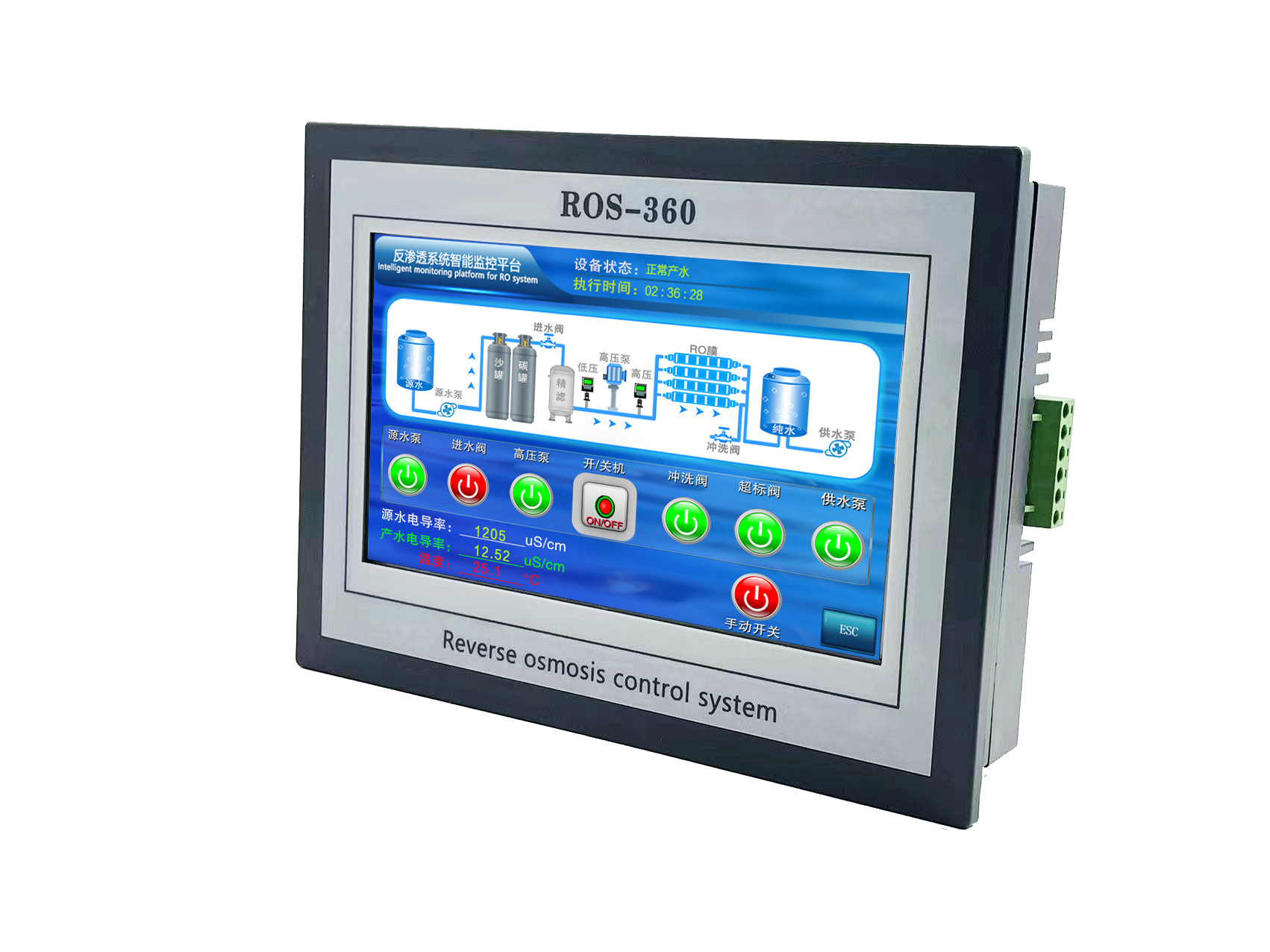
ATC is a feature found in many modern pH meters that automatically adjusts the pH reading based on the temperature of the solution being measured. This ensures that the pH reading is accurate regardless of any temperature fluctuations. ATC works by using a built-in temperature sensor to measure the temperature of the solution and then applying a correction factor to the pH reading to account for the temperature effect.
One of the main advantages of using ATC in pH meters is improved accuracy. Temperature can have a significant impact on pH measurements, especially in solutions with a high or low pH. Without ATC, pH readings can be off by several units, leading to inaccurate results and potentially costly mistakes. By using ATC, pH meters can provide more precise and reliable measurements, ensuring that the results are consistent and accurate.
Another advantage of ATC is convenience. Manually adjusting pH readings for temperature can be time-consuming and prone to errors. With ATC, pH meters can automatically compensate for temperature changes, saving time and reducing the risk of human error. This makes ATC ideal for applications where quick and accurate pH measurements are essential, such as in quality control or research settings.
ATC also allows for greater flexibility in measuring pH in different environments. Temperature can vary significantly in different settings, such as in the field or in a laboratory. ATC enables pH meters to adapt to these changes and provide accurate readings regardless of the temperature conditions. This makes ATC suitable for a wide range of applications, from monitoring water quality in environmental studies to testing the acidity of food and beverages in the food industry.
In addition to accuracy, convenience, and flexibility, ATC also helps to extend the lifespan of pH meters. Temperature fluctuations can affect the performance and longevity of pH electrodes, leading to drift and calibration issues over time. By using ATC, pH meters can maintain their accuracy and reliability for longer periods, reducing the need for frequent recalibration and electrode replacement.
Overall, ATC is a valuable feature in pH meters that offers numerous advantages in terms of accuracy, convenience, flexibility, and longevity. Whether you are conducting research, performing quality control, or monitoring environmental conditions, ATC can help ensure that your pH measurements are precise and reliable. When choosing a ph meter, be sure to look for one with ATC to maximize the benefits of this essential feature.
How ATC Works in pH Meters
pH meters are essential tools in various industries, including food and beverage, pharmaceuticals, and environmental monitoring. These devices measure the acidity or alkalinity of a solution by detecting the concentration of hydrogen ions present. One crucial feature of pH meters is Automatic Temperature Compensation (ATC), which ensures accurate and reliable pH measurements regardless of temperature fluctuations.
ATC in pH meters is a technology that automatically adjusts the pH reading based on the temperature of the solution being tested. This is important because pH measurements are temperature-dependent, meaning that the pH value of a solution can change as the temperature changes. ATC helps to compensate for these temperature variations, providing more accurate and consistent pH readings.

The way ATC works in pH meters is by using a temperature sensor to monitor the temperature of the solution. The ph meter then uses this temperature data to calculate and apply a correction factor to the pH reading. This correction factor accounts for the temperature-dependent changes in the ionization of water and other chemical reactions that affect pH measurements.
One of the key benefits of ATC in pH meters is that it eliminates the need for manual temperature corrections. In the past, users had to manually adjust pH readings based on the temperature of the solution, which could be time-consuming and prone to errors. With ATC, pH meters can automatically compensate for temperature changes, saving time and ensuring more accurate results.
| CCT-5300 | |||||
| Constant | 10.00cm-1 | 1.000cm-1 | 0.100cm-1 | 0.010cm-1 | |
| Conductivity | (500~20,000) | (1.0~2,000) | (0.5~200) | (0.05~18.25) | |
| μS/cm | μS/cm | μS/cm | MΩ·cm | ||
| TDS | (250~10,000) | (0.5~1,000) | (0.25~100) | —— | |
| ppm | ppm | ppm | |||
| Medium Temp. | (0~50)℃(Temp. Compensation : NTC10K) | ||||
| Accuracy | Conductivity: 1.5%(FS) | ||||
| Resistivity: 2.0%(FS) | |||||
| TDS: 1.5%(FS) | |||||
| Temp.:±0.5℃ | |||||
| Temperature compensation | (0~50)℃ with 25℃ as Standard | ||||
| Analog Output | Single isolated(4~20)mA,instrument/transmitter for selection | ||||
| Control Output | SPDT relay, Load capacity : AC 230V/50A(Max) | ||||
| Power Supply | CCT-5300E : DC24V | CCT-5320E : AC 220V±15% | |||
| Working Environment | Temp. (0~50)℃;Relative Humidity ≤85%RH(none condensation) | ||||
| Storage Environment | Temp.(-20~60)℃; Relative Humidity ≤85%RH(none condensation) | ||||
| Dimension | 96mm×96mm×105mm (H×W×D) | ||||
| Hole Size | 91mm×91mm (H×W) | ||||
| Installation | Panel mounted, fast installation | ||||
Another advantage of ATC in pH meters is that it allows for more consistent and reliable pH measurements. Temperature fluctuations can significantly impact pH readings, leading to inaccurate results. By using ATC, pH meters can provide stable and precise measurements even in environments where temperature changes are common.
ATC is particularly important in applications where precise pH measurements are critical, such as in the food and beverage industry. In this industry, pH levels can affect the taste, texture, and safety of products. By using pH meters with ATC, manufacturers can ensure that their products meet quality standards and regulatory requirements.
In addition to its benefits in industrial applications, ATC is also useful in laboratory settings where accurate pH measurements are essential for research and experimentation. By using pH meters with ATC, researchers can obtain reliable and reproducible results, leading to more meaningful conclusions and discoveries.
Overall, ATC is a valuable feature in pH meters that helps to improve the accuracy, reliability, and efficiency of pH measurements. By automatically compensating for temperature changes, ATC ensures that pH readings are consistent and precise, making pH meters with ATC indispensable tools in a wide range of industries and applications.
| Model | pH/ORP-3500 pH/orp meter |
| Range | pH:0.00~14.00 ; ORP: (-2000~+2000)mV; Temp.:(0.0~99.9)°C (Temp.Compensation: NTC10K) |
| Resolution | pH:0.01 ; ORP: 1mV; Temp.:0.1°C |
| Accuracy | pH:+/-0.1 ; ORP: +/-5mV(electronic unit); Temp.: +/-0.5°C |
| Temp. compensation | Range: (0~120)°C; element: Pt1000 |
| Buffer Solution | 9.18; 6.86; 4.01; 10.00; 7.00; 4.00 |
| Medium Temp. | (0~50)°C (with 25°C as standard) manual/automatic temp. compensation for selection |
| Analog output | Isolated one Channel(4~20)mA, Instrument/Transmitter for selection |
| Control Output | Double relay output (single contact ON/OFF) |
| Working Environment | Temp.(0~50)℃; relative humidity <95%RH (non-condensing) |
| Storage Environment | Temp.(-20~60)℃;Relative Humidity ≤85%RH (none condensation) |
| Power Supply | DC 24V; AC 110V; AC220V |
| Power consumption | <3W |
| Dimension | 48mmx96mmx80mm(HxWxD) |
| Hole Size | 44mmx92mm(HxW) |
| Installation | Panel mounted, fast installation |

